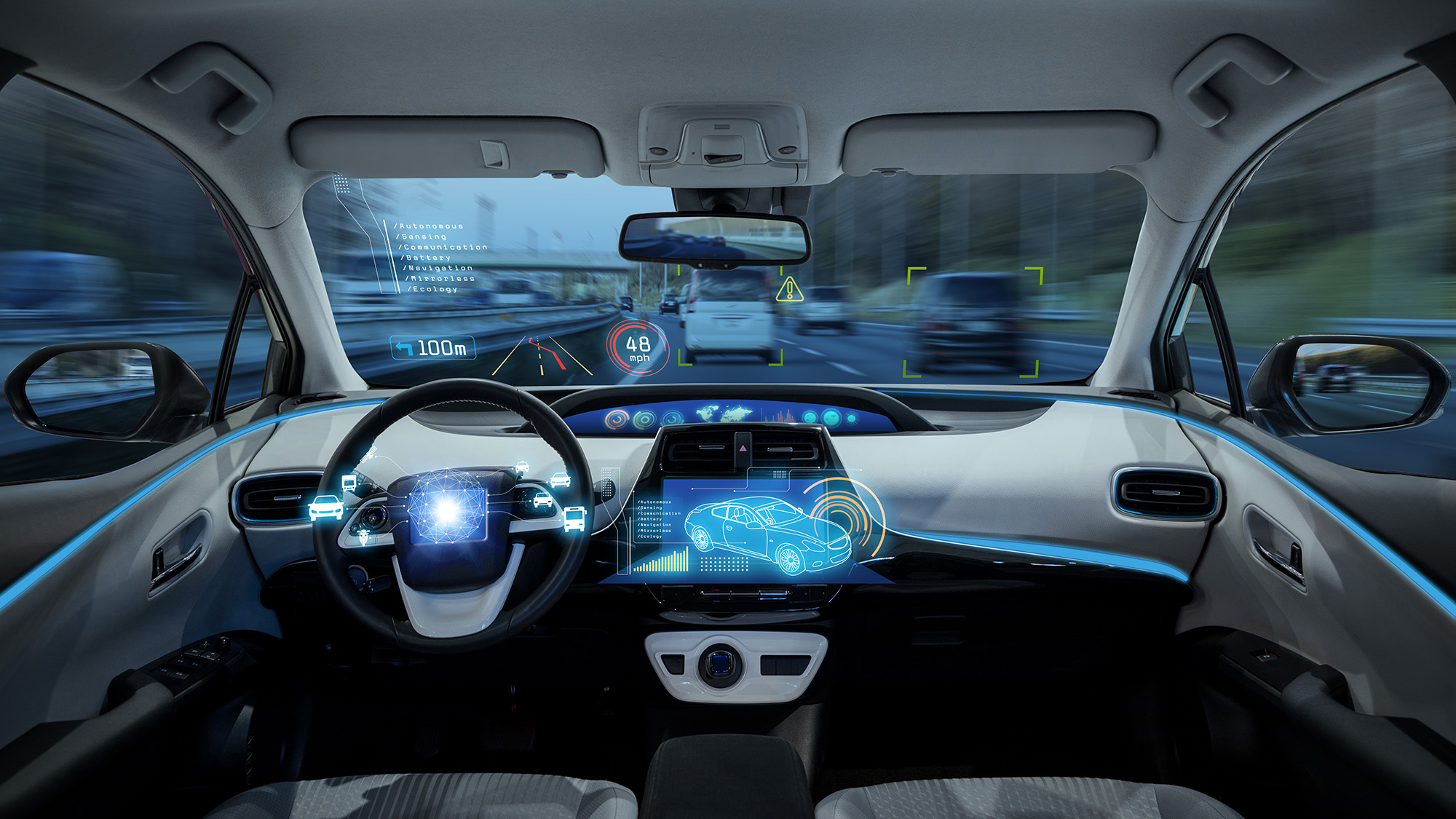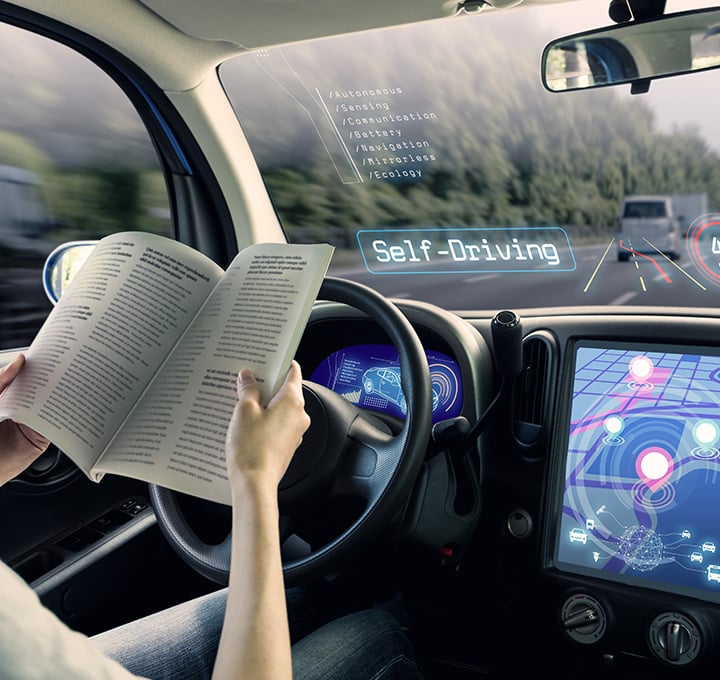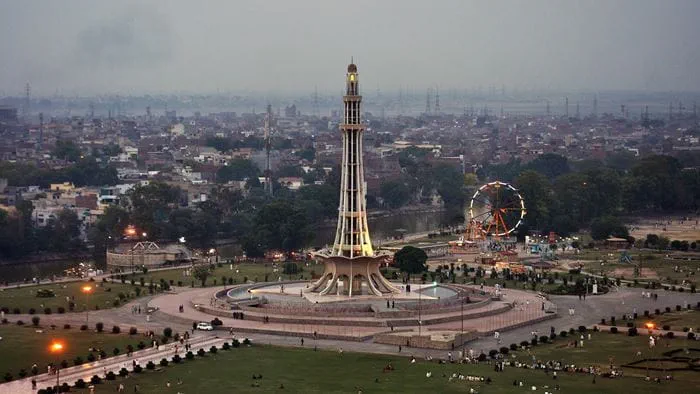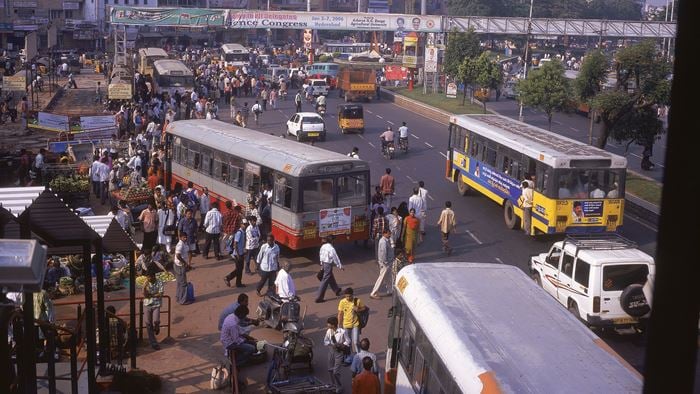Driverless vehicles will be coming to a city near you. With growing populations, increasing congestion and not enough infrastructure to keep up with demand – driverless vehicles will help to ease the burden of getting from Point A to Point B for the average Australian.
The existing transport network and system is demonstrably falling short of economic requirements and legitimate community expectations. Unfunded projects, costly urban congestion, high road freight costs and avoidable road trauma; these are each symptoms of a failing management approach, funded from a dying revenue base.

For countries like Australia – newer countries with suburbs and cities spread across seemingly vast distances and urban areas designed with the motor vehicle in mind – the landscape is ready but the question is whether or not driverless vehicles will fit our culture.
The answer is unequivocally yes – and perhaps the driverless vehicle will benefit Australia so much more than our European counterparts because of the genuine need for vehicles; slow penetration of public transport into the city outskirts and our increasing urban sprawl.
Part of a mode choice option
Pressing the multi-modal option app on your smart phone will determine how you will travel into work that day. The app provides realtime information on all travel options including walk, cycle, public transport, driving yourself and driverless vehicles.
“Today, you are running late and owing to an important meeting with a client so you choose the quickest option even though it will cost more. The app instantly books a driverless car which arrives 30 seconds later. A further benefit is the additional 22-minutes you gain in the car giving you time to read your documents and prepare for your presentation. ” Phil Carter Associate Principal
This future was influenced by new technology but more importantly, the opportunities for change to the way we make travel decisions.
Price signalling
Driverless vehicle operators will provide a new, ultra-convenient, on demand travel alternative. As a user you will have access to vehicles that will pick you up within seconds of ordering within urban locations.
Dynamic pricing will provide users with realtime travel cost information that responds to overall demand. In other words, a journey will cost more at busy times or in busy locations. These price signals will encourage people to consider alternative travel times or modes to achieve lower fares leading to a more efficient and cost-effective transport network.

Last mile / off peak service quality
As a new product in the public transport network, driverless vehicles offer a cheap and viable way to provide convenient public transport in areas of low population density or outside of normal public transport operating times. With little-to-no physical infrastructure required, the driverless vehicle offers full city coverage with travel costs attributed to the service user rather than the operator required to run timetabled services.
Car ownership model
Ultra-high user convenience and low user-costs (compared to car ownership) are expected to lead to declining car ownership. As driverless vehicle systems increase in popularity, car sales can be expected to decline as users switch to alternative modes with potential 50-80% cost-savings over vehicle ownership.
Car manufacturers are already anticipating fundamental shifts to business models from vehicle sales to vehicle services.

With driverless cars available to almost any location and at any time of the day or night, reliance on public transport becomes achievable for more of the population.
Driverless vehicles have the added impact of attracting users who are unable or unwilling to drive themselves such as the young and the elderly. These user groups may be more inclined to use services where a driver’s license is not required yet convenience and safety are paramount. It becomes about accessing services you use rather than owning a depreciating asset.
The implications for cities extend to land use planning and zoning, road and parking infrastructure provision, the character and function of streets and the demand and nature of public transport amongst others.
The way we value and use our current public space and assets will be reconsidered and the idea of having no-driver zones could be used as a method of managing demand in highly congested areas. New road infrastructure projects will require greater scrutiny as the value of time and the performance of existing infrastructure is also re-examined.
The reality is that driverless technology will arrive in Australia within the next 5-10 years and early adopters will pave-the-way with innovative car share models (imagine Flexicar, Go-Get or Uber but with highly dynamic and responsive systems on top).
The benefits to the user will be financial savings combined with a highly convenient service so even the more sceptical car-lovers will have to consider the advantages.
The generation of no-car ownership has already been born in Australia – they may not even ever take driving tests.
 ;
;







